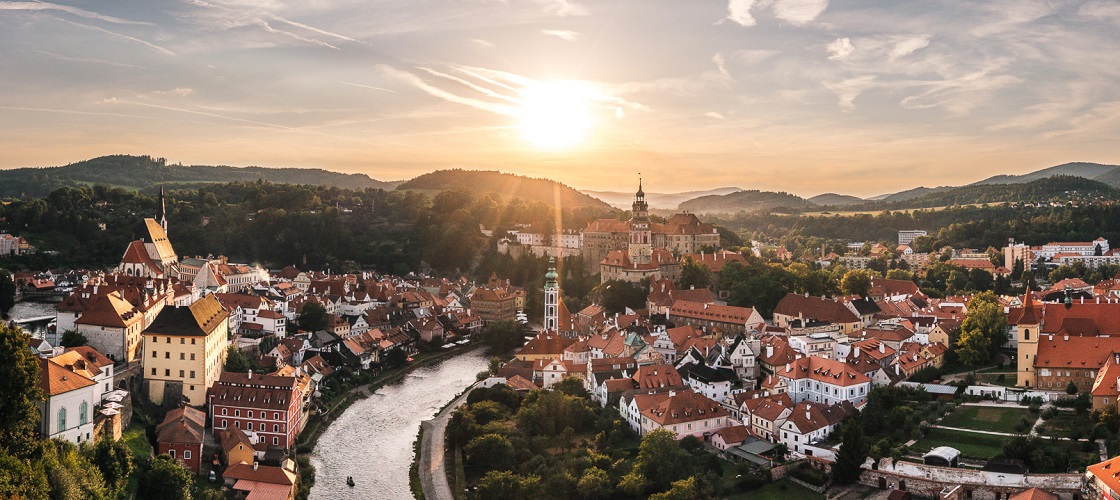Inclusion in the UNESCO World Heritage List on 4 December 1992 was certainly a turning point in the modern history of Český Krumlov. Thanks to a complex of preserved historic buildings, Český Krumlov was one of the first three towns in the Czech Republic taken under the wings of this organisation in 1992. The act of including the town in the UNESCO List was a significant signal for the entire cultural world that an architectural jewel is located in the south of Bohemia.
Český Krumlov today
-
A cultural heritage town – 300 protected monuments in the historic centre, the second largest castle complex in the Czech Republic included in the UNESCO World Heritage List, the oldest Baroque Theatre in the world, the Český Krumlov Monastery
-
A town of art and culture – Egon Schiele Art Centrum, Museum Fotoateliér Seidel, Regional Museum with a unique model of the town, 6 other museums, 3 music festivals, revolving auditorium, hundreds of concerts and exhibitions every year
-
A town of memorable experiences – celebrations, Wine Festival, beer tasting in the local brewery, wooden raft cruise on the Vltava River, Graphite Mine, sightseeing tours in the town, culinary specialities
-
A town of congress and incentive tourism – conference premises, 5* and 4* hotels, exclusive spaces in historic buildings, Castle Garden, sports and historic games, culinary experiences
-
A town surrounded by nature – undulating landscape suitable for walking and hiking tours, cycling, horse riding, playing golf, rafting and canoeing on the Vltava River, close to the Blanský les Protected Landscape Area, Lipno recreation area, Šumava National Park
A little bit of history
The first written record mentioning Český Krumlov as a town dates back to 1309. This picturesque town flourished during the reign of the Lords of Rožmberk, when Český Krumlov was the seat of their family. At that time Český Krumlov found itself central to the contact between the Czech interior, Austrian and Bavarian Danubian area and northern Italy. This shaped the image of the town and the castle, which was strongly influenced by Italian Renaissance. At the end of the 17th century, during the reign of the House of Eggenberg, the Baroque Theatre was built and the Castle Garden was reconstructed. During the reign of the Schwarzenberg family, Český Krumlov gained its Baroque image. No major changes have taken place since the 19th century, aside from tearing down the municipal fortification walls, and as such the centre has thereby preserved its historic look.
